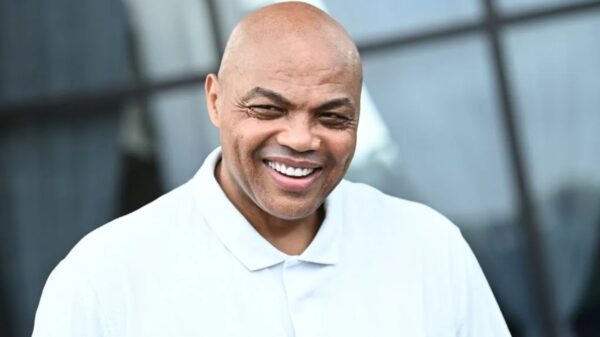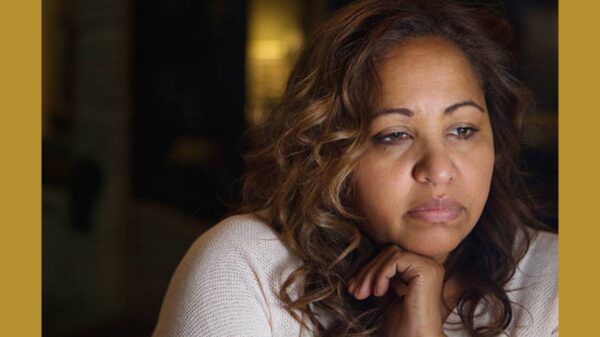
UT Southwestern
Dr. Michelle Caraballo, M.D.
Pediatrics
Alandmark study has provided new insights into a potential cause of sudden infant death syndrome (SIDS). The study found that 26 infants who died of SIDS had relatively low levels of an enzyme called butyrylcholinesterase (BChE) in their blood at birth compared to infants who died of other causes or survived past age 1 year, which is considered the end of the SIDS risk window.
It’s long been thought that babies who die from SIDS may have differences in their nervous system that make it difficult to wake up if they stop breathing in their sleep. BChE plays a key role in producing an important neurotransmitter in the brain’s arousal pathway. If BChE activity is low, the brain is less able to send out signals for the baby to wake up and take a breath.
The study involved BChE levels from more than 700 newborn heel-stick blood tests at birth but not at the time of death. So, we don’t know whether or how the levels may have changed over the weeks or months after birth. While this was a relatively small study, the results are statistically significant and should be further researched.
The overall death rate from SIDS has not improved in more than 20 years, since early educational campaigns were launched to alert families about safe infant sleep practices. Approximately 1,250 deaths due to SIDS still occur each year in the United States. Many more infant deaths occur from accidental suffocation and strangulation in bed due to unsafe sleep environments.
The only proven risk-reduction method for SIDS today is using safe infant sleep practices. While we still have much to discover about the root causes of SIDS, we know that five practices can significantly reduce a baby’s risk of sudden death during sleep.
Practice safe sleep habits with your baby
There are some SIDS risk factors we can’t control. Males are more at risk than females, as are babies born prematurely or with low birthweight, but creating a safe sleep environment can significantly reduce the risk of SIDS.
UT Southwestern pediatricians recommend following the infant safe sleep guidelines from the American Academy of Pediatrics, which include:
- Always place your baby on their back to go to sleep for all sleep periods, including naps. When they get old enough to roll over to their side or stomach, it’s OK to let them stay like that, but they should always be placed on their back. You don’t have to stay up all night flipping them over!
- Put your baby to sleep in a space designed for infant sleep. This could be a bassinet, crib, or pack-and-play enclosure. We want your baby to sleep on a firm, flat surface. An adult bed, couch, or armchair is too soft and increases the risk of SIDS or accidental suffocation.
- Keep your baby’s sleep space free of other items. There should be nothing in the crib other than your baby. No pillows, crib bumpers, or stuffed animals. This goes for blankets, too, which they can pull up over their face. Dress your baby in a sleep sack to keep them at a comfortable temperature.
- Offer your baby a pacifier at bedtime and nap time. We don’t fully understand why, but it has been shown that pacifier use can reduce the risk of SIDS. If your baby doesn’t want it or spits it out later, that’s OK. As with their rolling over, you don’t need to stay up all night putting a pacifier back in their mouth.
- Your baby should share your room, not your bed. Sharing your room with your baby for at least six months can reduce the risk of SIDS by about 50%. Sharing a bed, however, increases the risk of SIDS and accidental suffocation.
Several non-sleep-related practices also proven to reduce the risk of SIDS are:
- Breastfeeding
- Eliminating or minimizing your baby’s exposure to secondhand smoke
- Keeping your baby up to date on vaccinations
Next steps in SIDS research
If a low BChE level proves to be a causative factor in SIDS, the next step would be translating that information into clinical settings. BChE level screening might not be a surefire way to predict SIDS risk – many infants in the study with low BChE levels at birth survived past 12 months of age.
Screening BChE levels will serve families only if a treatment for low BChE levels can be developed or a strategy can be identified to prevent SIDS in babies deemed to be at risk. Right now, it remains unclear how to apply the findings from this study to help protect infants from SIDS, so we are not recommending checking BChE levels routinely – at least not yet.
Even if a successful screening/treatment program is established, it will be important for parents to continue safe sleeping practices to prevent avoidable infant deaths. A perfectly healthy baby, even with normal levels of BChE, can still suffocate in a soft mattress, pillow, or blanket.
Today, the risk of SIDS is never zero for any baby. Giving a baby a safe place to sleep is the only known way to reduce the risk. Talk with your pediatrician about your child’s sleep environment – we can help you create a safe space that works for your family.
To schedule a visit with a pediatrician, call 214-645-8300 or request an appointment online.









You must be logged in to post a comment Login